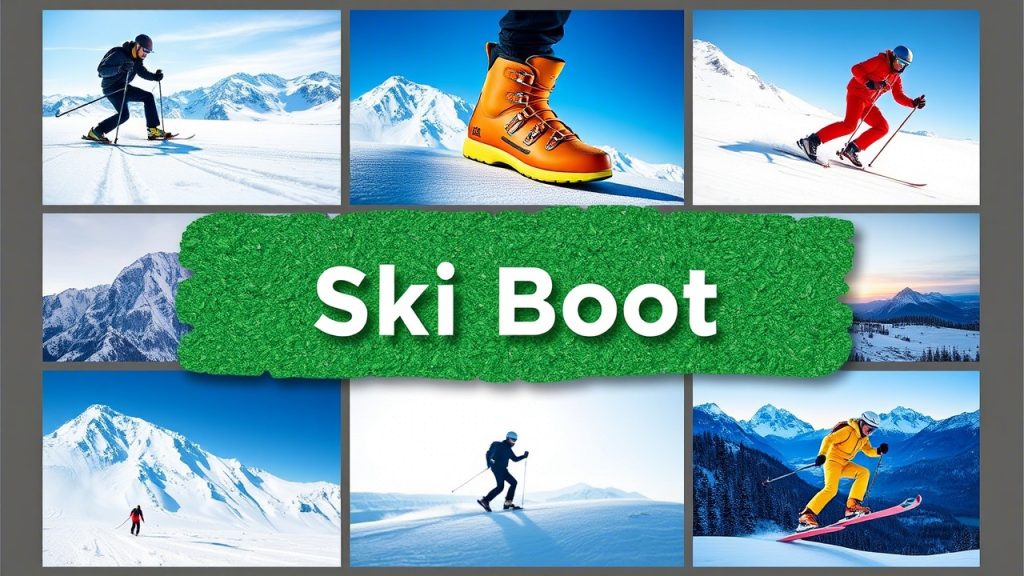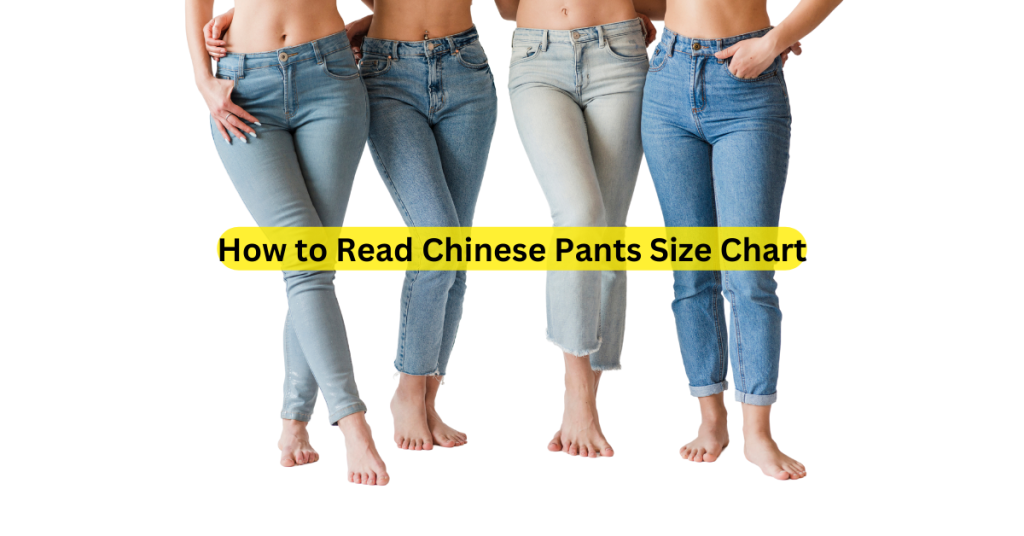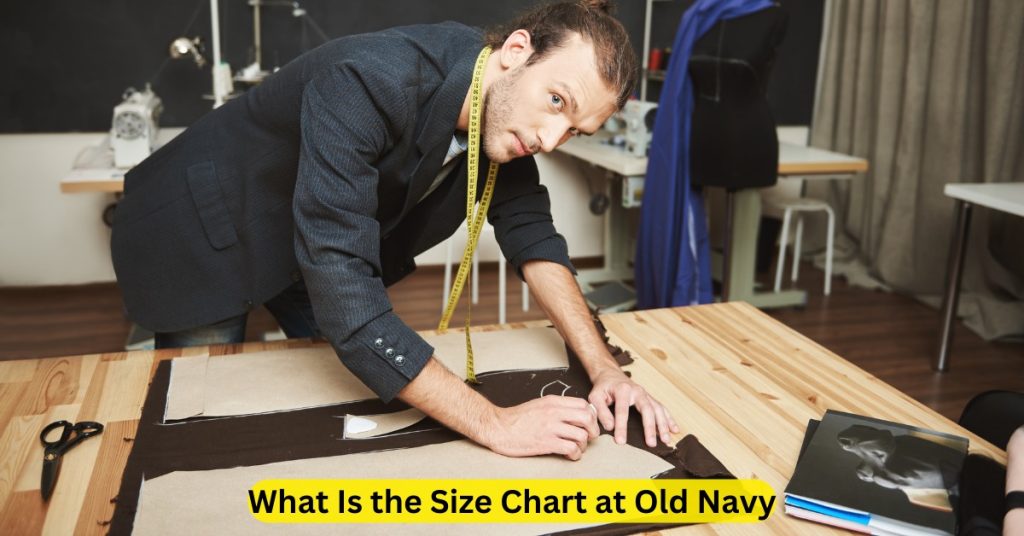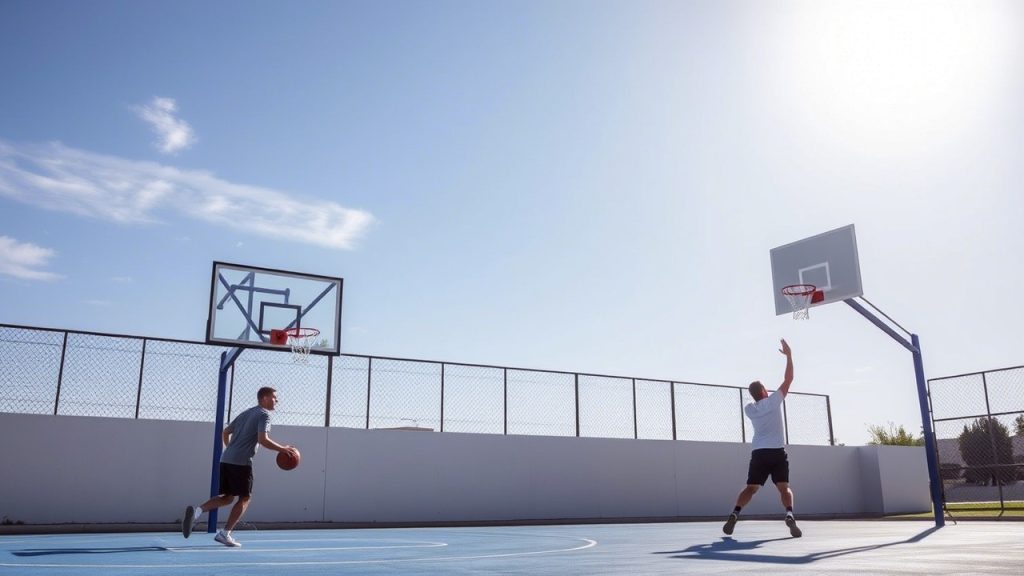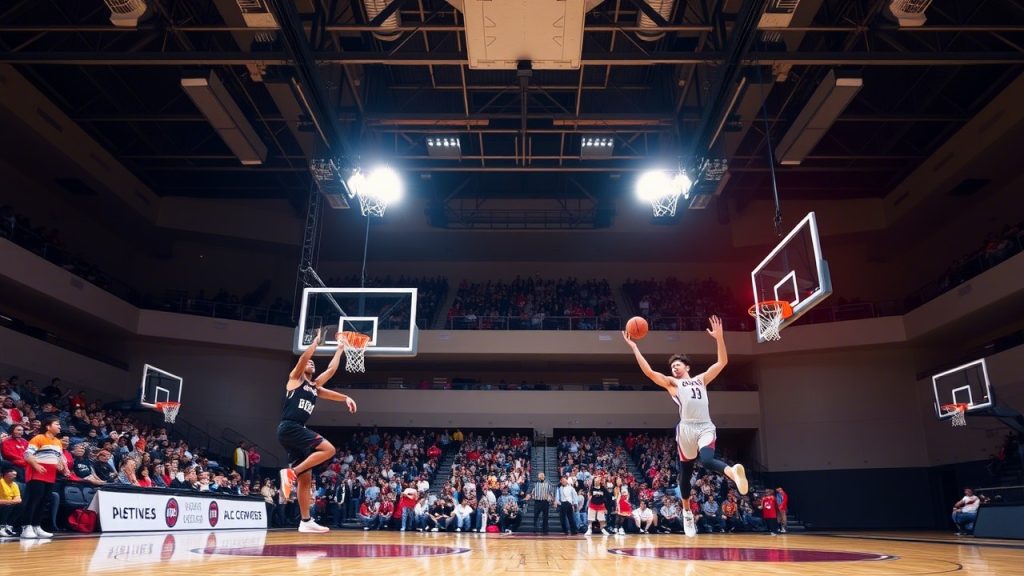17 Best Ski Boot Size Chart Ideas to Improve Boot Fit Quickly
When it comes to skiing, few things are more important than having the right ski boots. Not only do they provide crucial support and control, but they can also be the difference between an enjoyable day on the slopes and one filled with discomfort or even injury. Proper boot fit is essential for maximizing comfort and improving your skiing performance, and unfortunately, too many skiers overlook the importance of a well-fitting boot.
We will explore 17 best ski boot size chart ideas that can help you improve boot fit quickly and efficiently, so you can enjoy your time on the mountain without distractions from uncomfortable boots.
Whether you’re new to skiing or a seasoned veteran, understanding how to achieve a perfect fit for your ski boots is vital. By following the right size charts and considering specific fit features, you can eliminate discomfort and enhance your skiing experience.
1. Understanding Ski Boot Sizing: The Mondo Point System
Ski boots are typically measured using the Mondo Point sizing system, which is based on the length of your foot in centimeters. Unlike regular shoe sizes, the Mondo Point system is designed to ensure a more accurate fit.
Mondo Point Size Chart:
| Mondo Point Size | Foot Length (cm) | U.S. Men’s Size | U.S. Women’s Size |
|---|---|---|---|
| 22.0 | 22.0 cm | 5 | 6 |
| 23.0 | 23.0 cm | 6 | 7 |
| 24.0 | 24.0 cm | 7 | 8 |
| 25.0 | 25.0 cm | 8 | 9 |
| 26.0 | 26.0 cm | 9 | 10 |
| 27.0 | 27.0 cm | 10 | 11 |
| 28.0 | 28.0 cm | 11 | 12 |
| 29.0 | 29.0 cm | 12 | 13 |
Make sure to measure your foot from heel to toe and consult the chart to determine your Mondo Point size. A correct foot length measurement will give you a solid starting point when choosing your ski boots.
2. The Importance of Ski Boot Width (Last)
Ski boots come in various widths, referred to as the last. The last is the internal width of the boot, and it’s crucial for comfort and preventing foot fatigue. If your boots are too narrow, they can pinch your feet, causing pressure points and discomfort. If they’re too wide, your feet may slide around inside, leading to instability and unnecessary muscle strain.
Boot Width Chart:
| Boot Width | Foot Shape | Ideal For |
|---|---|---|
| Narrow (97-98mm) | Narrow feet | Skiers with slim feet |
| Medium (100mm) | Average feet | Skiers with standard feet |
| Wide (102-104mm) | Wide or flat feet | Skiers with wide or high-arched feet |
Ensure that you choose the right boot width to match your foot shape for maximum comfort and support. Most boot manufacturers offer boots in at least three widths: narrow, medium, and wide.
3. Understanding Flex Rating for Comfort and Control
The flex rating of a ski boot refers to how stiff or flexible the boot is. This rating plays a major role in your comfort and control while skiing. A boot with too much flex will feel soft and lack support, while a boot with too little flex can be too rigid, leading to discomfort and fatigue.
Flex Rating Chart:
| Flex Rating | Ideal Skiing Level | Skiing Style |
|---|---|---|
| 50-70 | Beginner to Intermediate | Softer and more forgiving |
| 70-100 | Intermediate to Advanced | Balanced performance |
| 100-130 | Advanced to Expert | Stiff for responsiveness |
For most skiers, a mid-range flex of 70-100 provides the right balance between support and comfort.
4. Boot Volume: Match It to Your Foot Shape
The internal volume of a boot is an essential factor for ensuring a good fit. Boot volume refers to how much space is inside the boot. Some skiers have narrow feet with lower arches, while others have wide feet with higher arches. Boots come in different volumes, and choosing the right one will help improve your fit.
Ski Boot Volume Chart:
| Volume Type | Foot Shape | Ideal For |
|---|---|---|
| Low Volume | Narrow feet, low arches | Skiers with slim feet and lower arches |
| Medium Volume | Standard feet | Skiers with average feet |
| High Volume | Wide feet, high arches | Skiers with wide or high-arched feet |
Choosing a boot with the appropriate volume can dramatically improve fit and prevent discomfort or foot fatigue.
5. Custom Footbeds: A Quick Fit Solution
Custom footbeds are a game-changer when it comes to improving ski boot fit. Off-the-shelf footbeds may not provide the same level of support and cushioning that custom footbeds can offer. A professional fitter can create footbeds that mold to the unique shape of your feet, helping to distribute pressure more evenly and improve comfort.
If you can’t get custom footbeds, high-quality aftermarket insoles are a great option for improving comfort quickly.
6. Heel Hold: Ensuring a Secure Fit
Heel hold is one of the most important aspects of a good ski boot fit. A boot that doesn’t hold your heel securely in place will cause your foot to slide, leading to discomfort, poor performance, and fatigue.
Many boots come with adjustable heel cups or heel locks to secure the heel. When trying on boots, make sure your heel feels snug and doesn’t lift when flexing forward. Proper heel hold ensures better stability and energy transfer from your skis to your boots.
7. Choosing Boots with Heat-Moldable Liners
Boot liners play an important role in both comfort and fit. Heat-moldable liners are a great way to improve fit quickly. These liners are designed to mold to the shape of your foot when heated, providing a personalized fit and reducing pressure points.
Heat-moldable liners are a must-have for skiers with unique foot shapes, as they ensure a more precise fit that can significantly improve comfort.
8. Buckles and Straps: A Fine-Tuned Fit
Ski boots typically come with multiple buckles and straps that allow for a customized fit. A properly adjusted buckle system ensures that your foot stays secure inside the boot without being too tight or too loose. Pay attention to how the buckles and straps are positioned, and make sure they’re adjusted evenly for a snug, supportive fit.
If your boots have a Boa system (a dial adjustment system), use it to fine-tune the fit with ease.
9. Ski Boot Cuff Alignment for Proper Posture
The boot cuff plays a vital role in your skiing posture. A boot with adjustable cuff alignment ensures that your lower legs are positioned properly. Improper cuff alignment can lead to strain on your shins, causing discomfort and fatigue.
To optimize comfort, ensure the cuff of your ski boots is aligned with your lower leg, and adjust the canting to fit your skiing posture.
10. Choose Boots with Proper Insulation
Feet can get cold quickly on the slopes, leading to discomfort and potential fatigue. Ski boots with proper insulation help keep your feet warm and dry. Make sure your boots have moisture-wicking liners to prevent sweat buildup, and choose boots with adequate insulation for the weather conditions you’ll be skiing in.
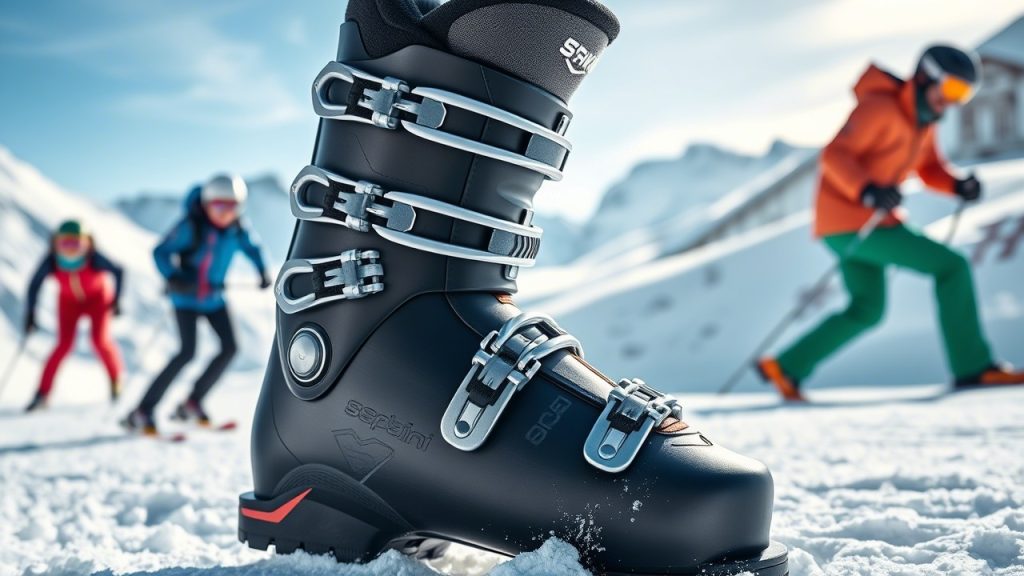
11. The Role of Ski Boot Forward Lean
Forward lean is the angle at which the boot’s cuff tilts forward. Adjusting the forward lean can help you maintain proper posture while skiing and reduce strain on your lower legs. Too much forward lean can make you lean too far forward, while too little can cause your posture to suffer.
Make sure the forward lean is adjusted to suit your skiing style and comfort.
12. Fit for Different Skiing Disciplines
Different skiing disciplines (e.g., alpine, freestyle, backcountry) require different boot characteristics. For example, freestyle skiers typically prefer a softer, more flexible boot for comfort and maneuverability, while alpine skiers need stiffer boots for better control and power transfer. Choose the boot that best suits your skiing style for optimal fit and performance.
13. Try Boots on in the Afternoon
Foot size can fluctuate throughout the day, especially if you’ve been walking or standing. For the best fit, try on ski boots in the afternoon when your feet are at their largest. This will give you a more accurate idea of how the boots will feel after several hours of skiing.
14. Proper Sizing for Ski Socks
The socks you wear under your ski boots can also affect fit. Ski socks should be snug and fit tightly without causing constriction. Avoid wearing thick socks that could create extra pressure inside the boot. Opt for moisture-wicking, lightweight socks that provide warmth without bulk.
15. Professional Boot Fitting for Customization
If you’re struggling to achieve a perfect fit, consulting with a professional boot fitter is one of the best ways to improve your ski boot fit quickly. A professional fitter will assess your foot shape, stance, and skiing style to recommend the best boot and make adjustments, such as customizing the liners or footbeds, to create the perfect fit.
16. The Role of Boot Stiffness in Fit
Boot stiffness can affect comfort and performance. A stiffer boot provides more support but may feel uncomfortable if it’s not the right fit. Skiers who are beginners or intermediate may prefer boots with a moderate flex rating for improved comfort and control. Advanced skiers often prefer stiffer boots for more precision and responsiveness.
17. Regular Boot Maintenance to Preserve Fit
Boots lose their fit over time as they break in. Regular maintenance, such as cleaning the boots, checking buckles, and ensuring the liners are in good condition, will help preserve the fit. This maintenance can extend the life of your boots and keep them comfortable throughout the season.
Frequently Asked Questions (FAQs)
1. How do I know if my ski boots fit correctly?
Your ski boots should feel snug, but not painful. Your heel should stay in place, and your toes should lightly touch the front of the boot without being cramped.
2. What is the Mondo Point sizing system?
The Mondo Point system measures your foot length in centimeters. It’s the most accurate sizing method used for ski boots and helps ensure a better fit.
3. How do I choose the right boot width?
The boot width should match the shape of your foot. If your feet are narrow, opt for a narrow last. If they’re wider, choose a boot with a wider last.
4. What is a flex rating, and how do I choose the right one?
The flex rating determines the stiffness of the boot. Beginners usually opt for a softer flex, while advanced skiers prefer stiffer boots for more control.
5. Are custom footbeds worth it?
Yes, custom footbeds help distribute pressure evenly and improve comfort. They are especially beneficial for skiers with unique foot shapes or those experiencing discomfort.
6. How can I adjust my boot’s heel hold?
Most ski boots come with adjustable heel cups or locks. Make sure the heel is securely held in place and doesn’t lift when you flex forward.
7. Should I buy ski boots online or in-store?
If possible, it’s best to try on ski boots in-store to ensure a proper fit. However, if buying online, ensure you check return policies and reviews for sizing recommendations.
8. How do I maintain my ski boots?
Clean your boots after each use, inspect the buckles and liners, and make sure the boots are properly dried out to preserve their fit and performance.
9. How can I avoid foot pain when skiing?
Proper ski boot fit is essential to avoid foot pain. Choose boots that match your foot shape, adjust the fit for comfort, and consider custom footbeds for extra support.
Conclusion
Achieving the perfect ski boot fit is crucial for both comfort and performance on the slopes. By following these 17 best ski boot size chart ideas, you can quickly improve your boot fit and enjoy a more comfortable skiing experience. Whether you’re looking for the right size, width, flex, or additional features like custom footbeds, the right adjustments can make all the difference in your time on the mountain. Happy skiing!

